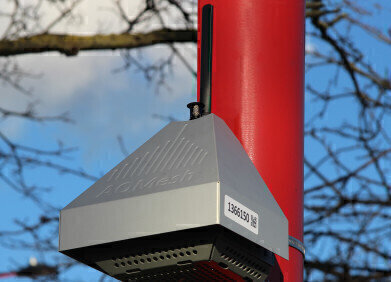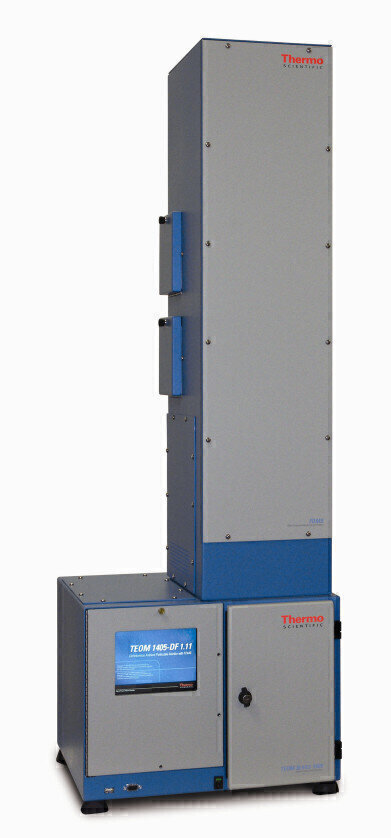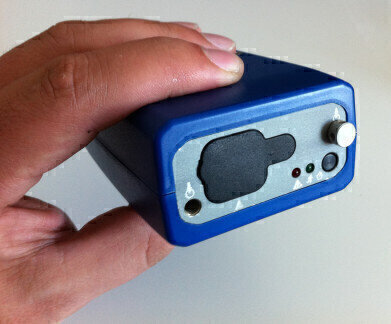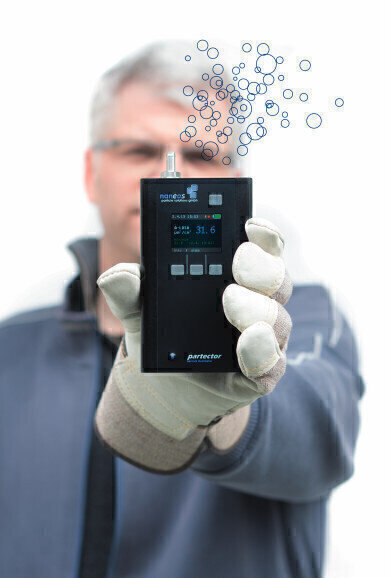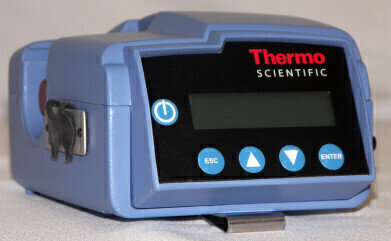Air Monitoring
When is a Particle Not a Particle?
Jul 23 2016
In the following article, Jim Mills from Air Monitors (UK) explains his answer to this intriguing question.
The appearance of particulate matter (PM), like beauty, is in the eye of the beholder, and by that I mean that the results of PM monitoring often depend on what you are measuring with. A wide range of PM monitors are available, so it is important that the monitor fits the task. For this reason, Air Monitors offers a monitor for almost every PM monitoring application, each of which will be discussed briefly below.
Reference / Equivalent Monitoring of PM10 / PM2.5
The TEOM / FDMS continuous ambient particulate monitor measures either PM10 or PM2.5, or both simultaneously in the dichotomous version. Both have MCERTS designation and DEFRA approval for both fractions. The FIDAS 200 also has approval from MCERTS and DEFRA for PM10 and PM2.5 and can measure both simultaneously with the additional capability of TSP, PM4, PM1 and Pn (particle number). Both have their individual merits and the choice will depend on the application, availability of power and the monitoring requirements.
Indicative PM10, PM2.5, Pn (Particle number) monitoring
Reference PM monitors are relatively expensive, so there is a need to supplement national networks with a higher density of monitors which may be less accurate but still meet the requirements of the specific application. Consequently, lower cost monitors such as AQMesh and TSI’s Environmental Dust Trak have been developed that offer the ability to measure ambient particulates without the capital and operational costs of reference stations. These indicative monitors are also smaller and can be battery or solar powered, which makes them extremely flexible because they can be quickly and simply deployed in areas of greatest interest: in pollution hotspots; close to schools; alongside construction projects and on busy roads. These monitors are particularly useful in Planning situations; providing background data in advance of a project, and then providing continuous data during and after development work, with live access to web-enabled data and the ability to generate alarms via text and email.
Black Carbon
Most PM measurements provide a mass concentration output and thereby assume that all particles are of equal significance. In reality this is not the case because some of the particles are relatively benign from a human health perspective or are not anthropogenic so are of less interest from an air quality management perspective. In addition to its impact on human health, Black Carbon (BC) also has a negative impact on climate change.
Fine particles (from the combustion of fossil fuels) that are of most interest are BC and can be measured with an Aethalometer, which employs an optical method to only measure those fine particles which are black. Importantly, an Aethalometer can provide a real-time readout of the mass concentration of BC and can differentiate between elemental carbon and biomass derived carbon aerosol particles in the air which means that live data can be used to identify the contributions of BC: road traffic, wood burning, cooking etc. BC can also be measured with a portable battery-powered microAethalometer that can be used to determine personal exposure throughout a typical day.
Nano Particles / Ultrafines
From a human health perspective, the particles of most interest are those that penetrate deep into the lungs – the ultrafine or nano particles. Several studies have demonstrated that on a mass-basis, smaller particles appear to be more toxic than larger particles. This can be explained by the much larger surface area of the smaller particles per unit of mass. Particles can also transport adsorbed toxins on their surface, or their surface can act as catalyst inside a cell, creating reactive oxygen species. Measuring the number of these particles is more appropriate than measuring their mass, because while their mass may be very low they may be present in extremely large numbers.
The Naneos Partector measures lung deposited surface area (LDSA). It is the world's smallest nanoparticle detector and ideal for personal monitoring. The Pegasor Urban uses similar diffusion charging technology and can measure particle number, surface area and mass concentration in one monitor which can be deployed continuously.
Indoor air quality
Globally, many of the deaths that are attributed to air pollution arise from indoor PM. This is because, according to the World Health Organisation, around 3 billion people still cook and heat their homes using solid fuels (i.e. wood, crop wastes, charcoal, coal and dung) in open fires and leaky stoves. Most are poor, and live in low and middle-income countries. Nevertheless, in the UK, viewers of the recent Channel 4 programme may have been surprised to note the high levels of pollution recorded by AQMesh pods during the cooking of an evening meal in a modern English home. Similarly, in February this year Harry Wallop, a Telegraph journalist, borrowed an Air Monitors instrument and discovered that dust levels were much higher in his home than the Telegraph office, and that levels were raised significantly by his wood burner, and raised enormously when he burned his toast.
Harry used a Thermo pDR-1500 personal dust monitor, which compensates for environmental variables and employs nephelometry. The AQMesh PM pods and the Pegasor IAQ units can also provide valuable information about exposure to indoor PM and other pollutants.
In summary, it is important to employ the correct technology for each particulate monitoring application, and care should therefore be taken in the choice of technology and in the interpretation of results. Anyone in any doubt should consult Air Monitors for guidance.
Digital Edition
IET 34.2 March 2024
April 2024
Gas Detection - Biogas batch fermentation system for laboratory use with automatic gas analysis in real time Water/Wastewater - Upcycling sensors for sustainable nature management - Prist...
View all digital editions
Events
Apr 30 2024 Melbourne, Australia
Apr 30 2024 Birmingham, UK
May 03 2024 Seoul, South Korea
May 05 2024 Seville, Spain
May 06 2024 Minneapolis, MN, USA
